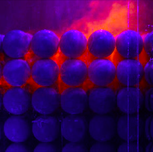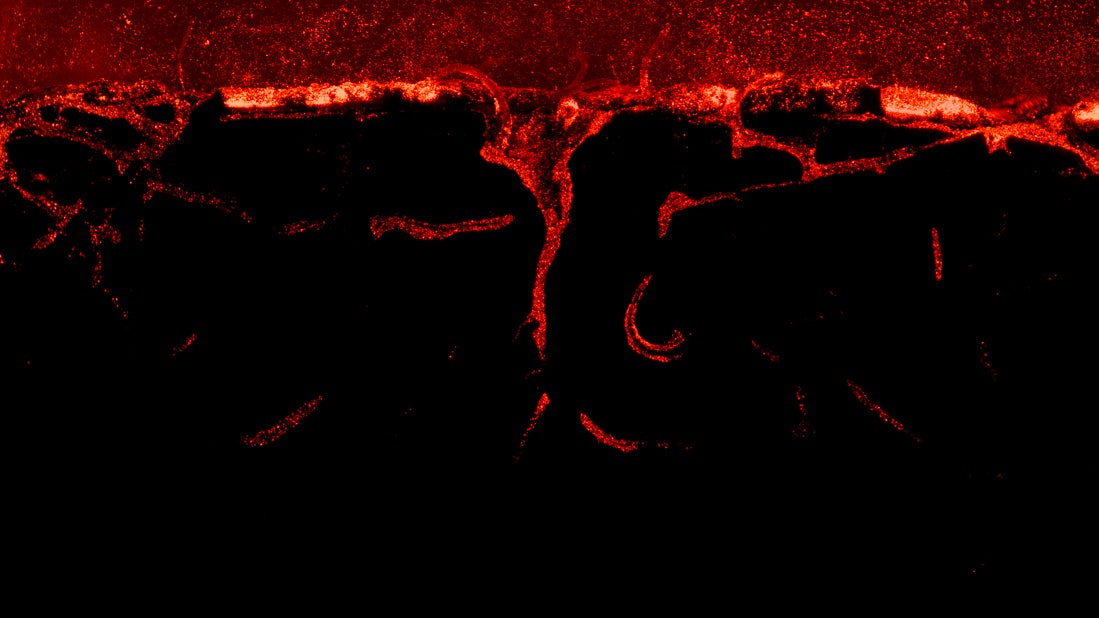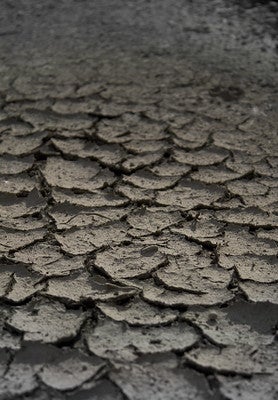Bacteria in confined flows
We design and utilize novel microfluidic experiments to investigate the interplay between fluid flow, bacterial growth, and bacterially-mediated reactions in confinement.
Fluvial Reactive Transport
We combine field-scale tracer experiments, numerical experiments and analytical modeling in an effort to better predict how societally-relevant materials are transported and transformed in streams.
Past projects
We investigate how materials are transported across and within the hyporheic zone, a region where stream water and groundwater mixes. In energetic streams with coarse-grained beds (e.g., gravels), turbulent eddies rapidly pulse materials into the streambed, but this process is not well characterized in transport models. We conduct physical and numerical experiments to develop improved models of mass transport in streams and rivers.
Relevant publications: Lian et al, 2021; Roche et al., 2019; Sherman et al, 2019; Lian et al, 2019; Roche et al, 2018


